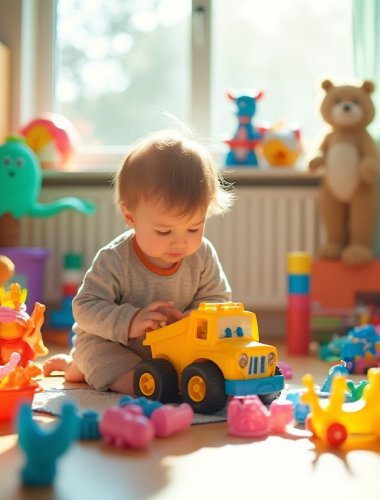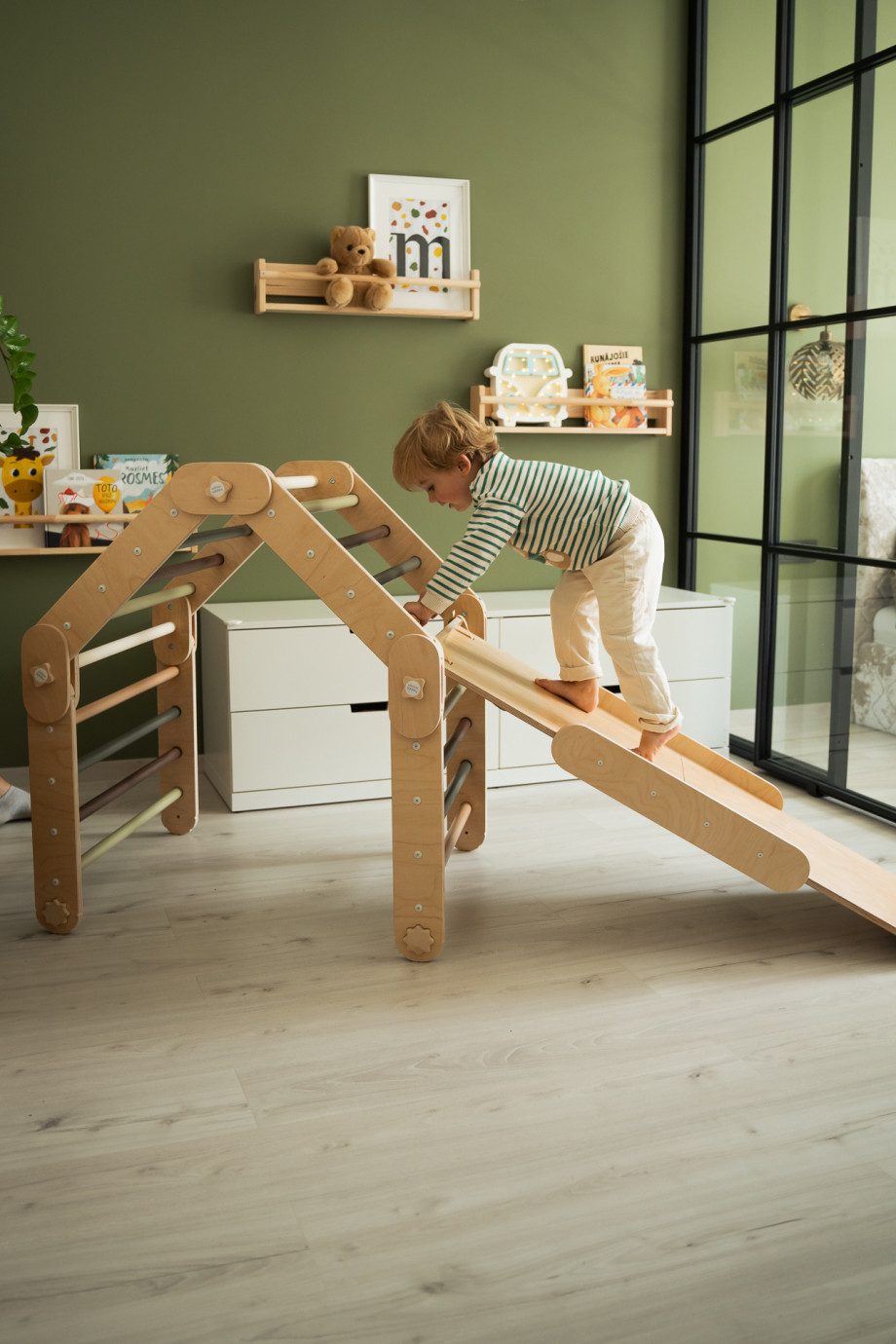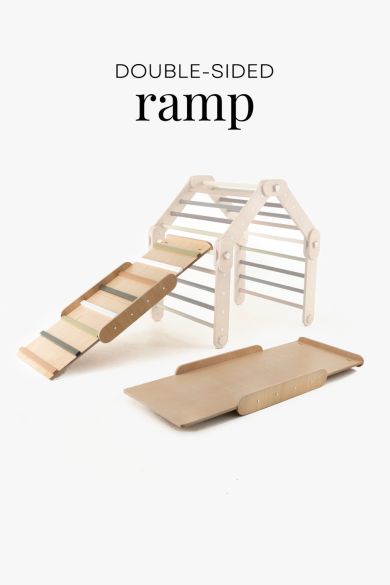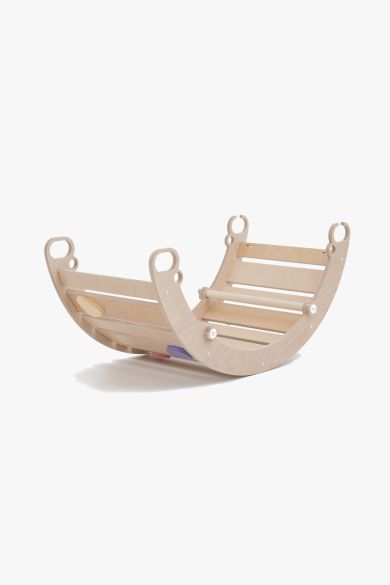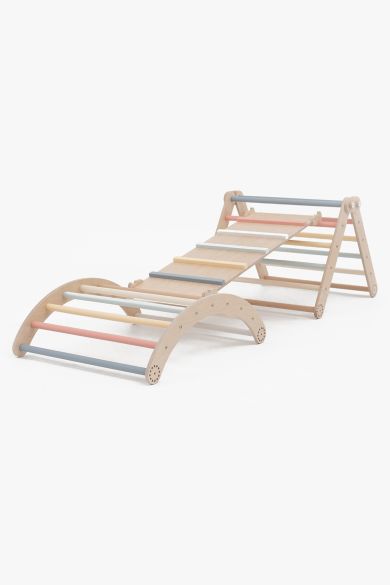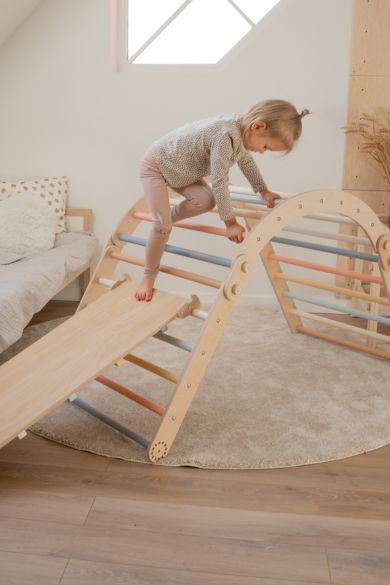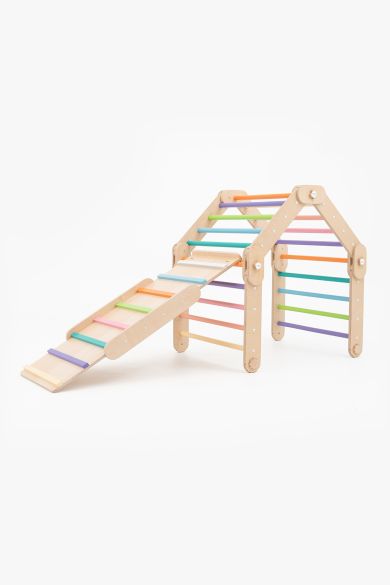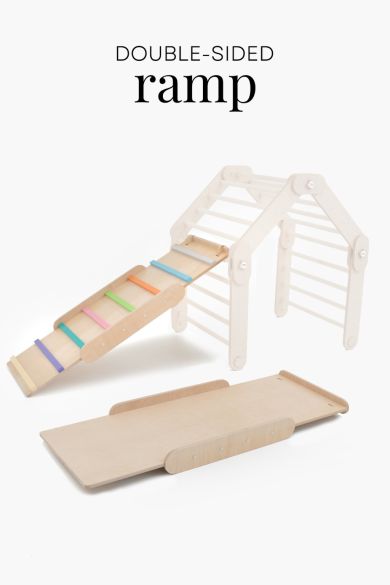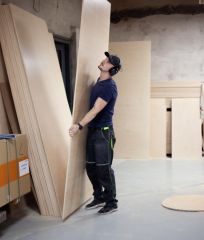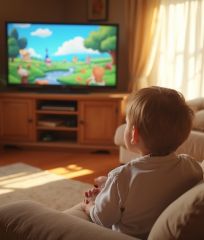The Harmful Reality of Plastic Toys
Most plastic toys are made from synthetic materials that are non-biodegradable, meaning they stays in the environment for hundreds of years. Greenpeace research shows that certain plastic toys distribute micro-plastics, polluting air and water around us. This can negatively impact indoor air quality and potentially harm children’s health.
Plastic toys also contain harmful chemicals like phthalates, Bisphenol A, and formaldehyde which can lead to hormonal issues with long-term exposure. These chemicals are particularly harmful to young children, whose developing bodies are more sensitive to toxic substances.
Eco-Friendly Toy Options: A Safe and Sustainable Alternative
- Eco-friendly toys are made from natural, sustainable materials like certified wood, organic cotton, bamboo, and natural rubber.
- These toys minimize environmental harm and are free from harmful chemicals like BPA and phthalates, ensuring safety for your children.
- High-quality materials ensure durability, meaning these toys last longer and reduce waste.
- Unlike automated toys, eco-friendly options typically don't rely on lights, sounds, or batteries, promoting imaginative play that inspires children to think creatively.
- Although they may have a higher upfront cost, eco-friendly toys are a long-term investment, as they don’t need frequent replacements, saving money over time
Wooden eco-friendly toys
The most popular choice among eco-friendly toys is wooden ones, as they are durable and naturally appealing. In this post we will look at what to consider when choosing eco-friendly wooden toy options.
- Formaldehyde Levels. The idea that wood contains high levels of formaldehyde is a myth spread by plastic toy manufacturers. Wood naturally contains formaldehyde in low levels and properly treated wooden toys do not expose toxic substances at your home, unlike plastic toys, which contain harmful chemicals. Choose wooden toys made from low-formaldehyde plywood and non-toxic adhesives and they will provide a safer and more sustainable alternative for your kid.
Read more about formaldehyde in wood
- Look for FSC-Certified Wood. The Forest Stewardship Council (FSC) certifies that the wood comes from responsibly managed forests. By choosing FSC-certified toys, you are ensuring the material is sustainably sourced.
- Multi-Functional and Open-Ended. Wooden toys often encourage open-ended play and can grow with your child. Look for versatile options like Pikler triangles or wooden blocks that promote creative and physical development, helping to expand your child’s imagination.
- Non-Toxic Paint and Finishes. Ensure that any paint or finish on the toy is child-safe and non-toxic. Look for water-based paints or natural oils to avoid exposure to harmful chemicals.
